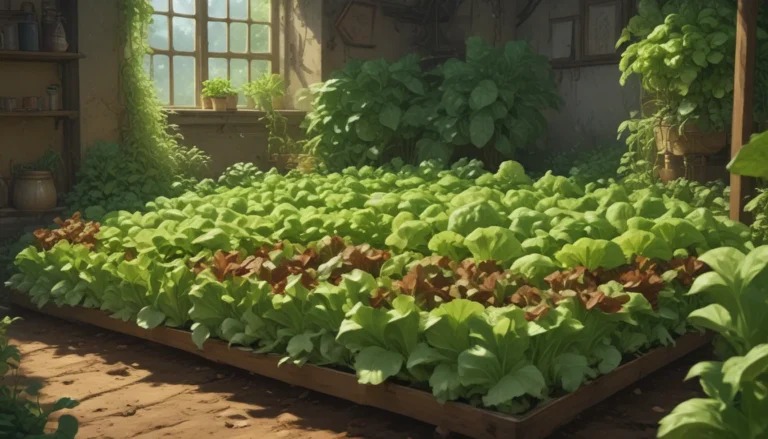Mastering Plum Tree Pest Control: A Comprehensive Guide

Introduction
Growing fruit trees can be challenging, with pests, late freezes, and the need for precise care. It’s frustrating to receive vague advice on how to manage these issues. In this guide, we’ll delve into the details of effectively managing pests on your plum trees.
Understanding Pest Control for Plum Trees
Spraying plum trees for pests requires precision to target invaders while protecting beneficial wildlife. Here’s how to approach pest control for plum trees without unintended consequences.
Preventative Spraying vs. Treatment
- Preventative Spraying: Done on a schedule to prevent pest issues, especially if past problems exist.
- Treatment: Applied as needed when pests are present.
To create a healthy garden, balance spraying insecticides with natural predator conservation. Only resort to spraying when necessary to avoid harming bees, fish, or other wildlife.
Late Winter Pest Control
While the garden rests in late winter, it’s the best time to preempt pest problems on plum trees. Using dormant oil kills insects like aphids, scale, spider mites, and peach twig borers. Here’s how to effectively use dormant oil:
- Spray before leaf buds start to swell.
- Choose a day with temperatures between 45 and 55°F.
- Avoid spraying in strong afternoon sunlight.
- Ensure thorough coverage to suffocate pests.
Product Recommendation: Consider Monterey Horticultural Oil for effective pest control.
Spring Pest Control
Early spring is a crucial period to address pests on plum trees. Before flower buds open, treat them with insecticidal soap, spinosad, or Bacillus thuringiensis kurstaki (Btk) to combat aphids, scale, caterpillars, and borers. Here are some tips for spring spraying:
- Avoid windy days.
- Never spray after flowers open to protect pollinators.
- For persistent pests, reapply post-bloom once flower petals have fallen.
Product Recommendation: Bonide Thuricide is a beneficial bacteria effective against caterpillars.
Summer and Fall Pest Control
In summer and fall, caterpillars and larvae typically move on, reducing the need for regular spraying. However, monitor aphids, mites, and scales, and spray as needed every few weeks. Ensure the product is approved for edible plants and follow instructions closely.
Finding the Right Balance
Managing pest issues on plum trees involves a delicate balance of timing, product choice, and application frequency. By following a strategic schedule and responding to pest sightings promptly, you can enjoy a bountiful harvest of pest-free plums.
Additional Resources
- How Far Apart Should I Space Fruit Trees?
- How to Prevent Rhizopus Rot of Stone Fruits
- When and How to Prune Plum Trees
Share your experiences in the comments. What kind of plums are you growing, and what pests are you managing? Let’s learn from each other’s experiences!
Mastering plum tree pest control requires attention to detail, patience, and a commitment to fostering a healthy garden ecosystem. By following the guidelines outlined in this comprehensive guide, you can effectively manage pests on your plum trees and enjoy a fruitful harvest.





